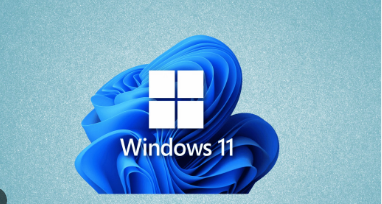
Looking to install Windows 11 on a dual-boot system but unsure where to begin? A dual-boot setup allows you to keep your existing operating system while running Windows 11 alongside it. Whether you’re trying install windows 11 for its enhanced features or need it for specific tasks, this guide simplifies the dual-boot setup process. Follow these step-by-step instructions to achieve a smooth installation.
What You’ll Need
Before starting, ensure you have the following:
• A system capable of running Windows 11 (check for the minimum requirements, including TPM 2.0 and Secure Boot compatibility).
• A bootable USB drive (at least 8GB).
• Sufficient free space on your current system drive (at least 64GB for Windows 11).
• Backup of all important files (just in case!).
Step 1 – Create a Bootable USB Drive
First, download the Windows 11 ISO file from an official source. Use tools like Rufus or the Media Creation Tool to create a bootable USB drive:
1. Insert your USB drive into your computer.
2. Launch the tool and select the Windows 11 ISO file.
3. Choose the USB drive as the target.
4. Click “Start” to create the bootable USB.
Step 2 – Prepare Your Hard Drive
To safely install Windows 11, partition your hard drive:
1. Go to Disk Management on your PC (press Win + X and select Disk Management).
2. Right-click your current primary drive and choose “Shrink Volume.”
3. Allocate at least 64GB of space for the new partition.
4. Format the new volume and assign it a letter.
Step 3 – Install Windows 11
1. Insert the bootable USB into your PC and restart the system.
2. Access the boot menu (often F12, F2, or Esc during startup).
3. Select the USB drive as your boot source.
4. When prompted, choose “Custom Installation.”
5. Select the partition you created earlier to install Windows 11.
6. Follow the on-screen instructions to complete the setup process.
Step 4 – Configure Your Dual-Boot System
After installation, your computer should display a boot menu each time you turn it on. From here, you can choose between your original operating system and Windows 11.
Final Thoughts
Installing Windows 11 on a dual-boot system is a great way to explore the new features without losing access to your current OS. By following these steps, you’ve ensured a safe, organized installation. Remember to back up your data and allocate sufficient disk space to both operating systems for maximum efficiency. Happy dual-booting!